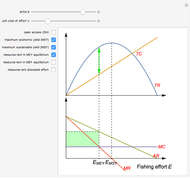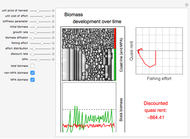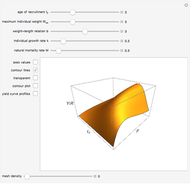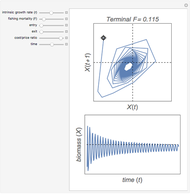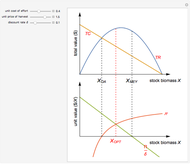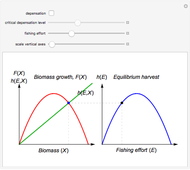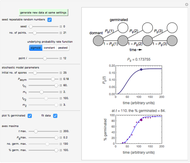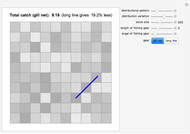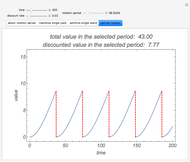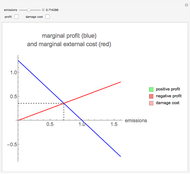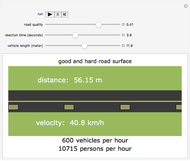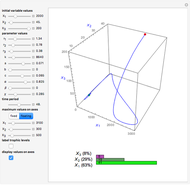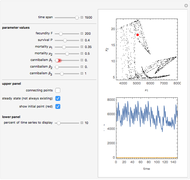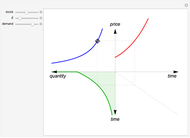A Nonlinear Stage-Structured Cannibalism Model
Initializing live version

Requires a Wolfram Notebook System
Interact on desktop, mobile and cloud with the free Wolfram Player or other Wolfram Language products.
A cannibalism model published in [1] is described by a system of difference equations:
[more]
Contributed by: Arne Eide (March 2011)
Open content licensed under CC BY-NC-SA
Snapshots
Details
[1] A. Wikan and A. Eide, "An Analysis of a Nonlinear Stage-Structured Cannibalism Model with Application to the Northeast Arctic Cod Stock," Bull. Math. Biol., 66(6), 2004 pp. 1685–1704.
Permanent Citation





















